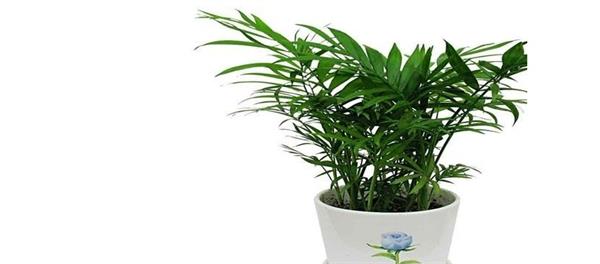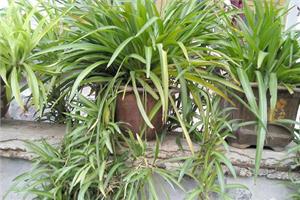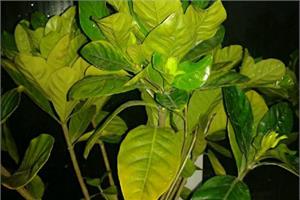What are the shade-tolerant plants suitable for indoor pot planting and maintenance?
Botany is a very broad and profound knowledge, which has been widely concerned by people. Next, let's take a look at the breeding methods of shade-tolerant plants. Through the study of botanical knowledge, we can better apply it to our daily life.
What are the shade-tolerant plants suitable for indoor pot planting and maintenance?
1. Choice of soil: asparagus is generally suitable for potted plants, because the soil of potted plants can ensure good drainage.
2. Watering: asparagus does not have strict requirements for water. Generally speaking, the standard of watering is that the soil is dry and then watered. When watering, water thoroughly, even the leaves should be watered.
3. Fertilizer control: asparagus is actually not so fond of fertilizer, unlike green pineapple, tiger tail orchid, etc., like rich trees, light fertilizer can be applied.
4. time of light: asparagus is a semi-shady plant, so it is not suitable to bask in the sun for a long time, especially in summer. Spring and summer can be properly exposed to the sun.
5. temperature regulation: asparagus can be employed as long as the temperature is above 10 degrees Celsius in daily life, keep it in a ventilated and cool place in summer and keep the indoor temperature above 5 degrees Celsius in winter.
6. choice of environment: asparagus is relatively delicate and can be said to be clean, so if you put it in a place with a lot of smoke or smoke, it will make its leaves yellow and dry.
Dryopteris przewalskii
After the fern grows, it looks green and fresh, the key is that it does not always accept direct sunlight, it can basically meet its needs by scattering light.
Note:
1. Pruning is a very important point in planting Adimopteris, especially in the Spring and Autumn period, don't be reluctant to cut off all the old leaves and yellow leaves. This kind of plant, Dryopteris, you cut more, it grows more! After cutting, put in a few compound granule slow-release fertilizer, and occasionally add a little nutrient solution when watering, and that's all you need!
two。 In addition, don't spray water on the leaves of Dryopteris Dryopteris. According to flower friends, if you don't spray water, the leaves will grow green. Remember, don't spray water on the leaves in winter. The yellow leaves will be even more severe.
3. Also, when plants enter the dormant period in winter, it is enough to stop watering and fertilizing once a month.

Green pineapple
Green turnip negative plants, avoid direct sunlight, like shade. Indoor cultivation can be placed next to the window, but to avoid direct sunlight. Too strong sunlight will burn the leaves of green pineapple, and overshade will make the beautiful markings on the leaves disappear [4]. Usually after receiving four hours of scattered light, green apple has the best growth and development.
The above is the relevant introduction of this article, I believe you have a simple understanding of this after reading it, if necessary, you can continue to pay attention to the No. 1 home network for more information.
Related
- Wuhan Hospital Iron Tree Blooming Result Was Instantly Frightened by the Gardener Master
- Which variety of camellia is the most fragrant and best? Which one do you like best?
- What is the small blue coat, the breeding methods and matters needing attention of the succulent plant
- Dormancy time and maintenance management of succulent plants during dormancy
- Minas succulent how to raise, Minas succulent plant pictures
- What are the varieties of winter succulent plants
- How to raise succulent plants in twelve rolls? let's take a look at some experience of breeding twelve rolls.
- Attention should be paid to water control for succulent plants during dormant period (winter and summer)
- Watering experience of twelve rolls of succulent plants
- Techniques for fertilizing succulent plants. An article will let you know how to fertilize succulent plants.



